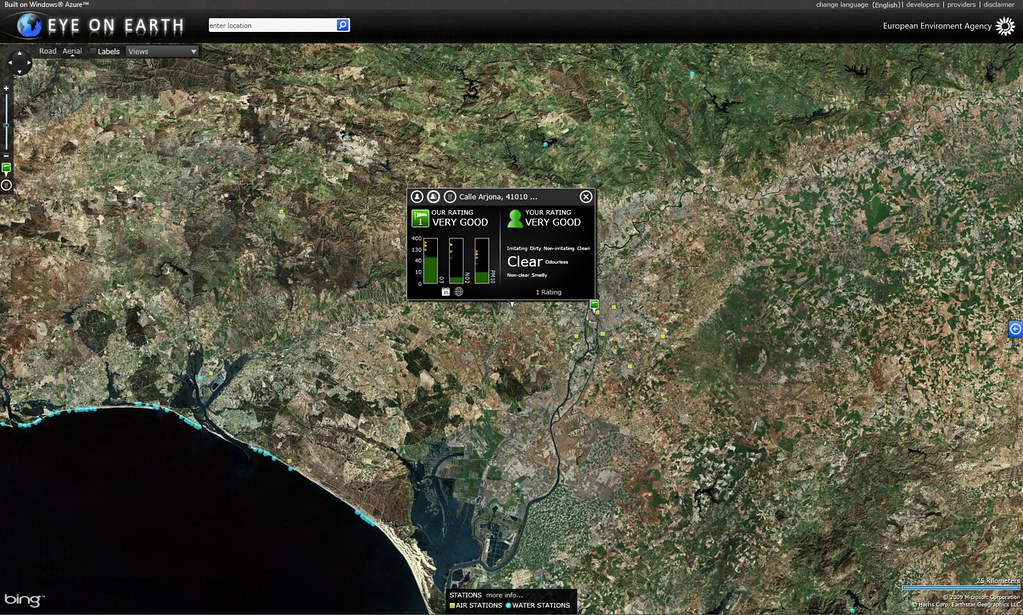Do risk and compliance have a part to play in reducing pollution? EQ2 certainly thinks so.
Steve Burt, the founder and CEO of EQ2, is a former economist having worked at senior levels with Dun & Bradstreet and British Petroleum. His approach, which he calls Granular Resource Economics (GRE), enables companies to quickly see at a glance the entire spectrum of their emissions down to parts per million.
Why is this important?
Well, consider one of the verticals Steve is looking at – the aviation industry (see EQ2‘s excellent Sustainable Flying Report – PDF) . As Steve says, a single flight taking off from an airport, in pollution terms, is not a significant event. But when an airport handles hundreds of flights per day. What is the accumulated pollution from all the flights, incoming and outgoing, it has ever handled? Now project this forward for all the flights it is going to handle…
When you think of pollution from planes, you typically think in terms of CO2. EQ2 go well beyond that though and in the case of aviation, for example, you will also see the numbers for SOx, NOx, and other constituents emitted from jet fuel such as mercury, selenium, arsenic, particulates, etc. When you start to run those numbers for even moderately sized airports, the results can be quite sobering. For airports located near water this could be especially troubling.
And it is not just airports – all organisations need to find out what their liabilities are with respect to their accumulated emissions. A recent report for the UN has found that the world’s top firms caused US$2.2 trillion of environmental damage in 2008 alone. This is obviously unsustainable and is merely a preface to more restrictive pollution controls being enacted which:
is likely to argue for abolition of billions of dollars of subsidies to harmful industries like agriculture, energy and transport, tougher regulations and more taxes on companies that cause the damage
Imagine for a sec if communities in the vicinity of Drax or Kingsnorth coal-fired power plants in the UK decided to sue for the environmental damage wrought on them by these power plants. The kind of information EQ2 can provide would be invaluable in helping these facilities reduce their emissions and minimise the increasing risks associated with being a polluter.
With that in mind, how many firms can afford to remain ignorant of the full spectrum of their emissions?

